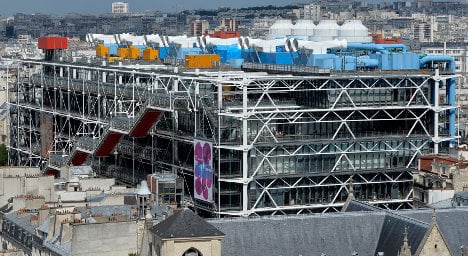Picasso’s La Coiffeuse (hairdresser), which dates back to 1911, was reported stolen in 2001 when it was discovered missing from the Pompidou Centre in Paris.
It lay hidden for the best part of fourteen years until it turned up in New York.
“A lost treasure has been found,” was how the Brooklyn prosecutor, Loretta Lynch, summed up the significance of the discovery.
If the fact that the painting turned up at all is surprising, what is astonishing is how it ended up in the hands of New York police.
According to police the artwork was sent from Belgium to the US on December 17th with a label saying “Art/Craft – 30 Euros – Merry Christmas” suggesting the sender tried to disguise the painting as a €30 Christmas gift.
The package was picked up by US Customs officers, who passed it on to their unit specialising in the international trafficking of art.
The identity of the recipient in New York has not been revealed, nor did police say if they know who sent it.
Lynch says the painting has been confiscated due to “flagrant smuggling”.



 Please whitelist us to continue reading.
Please whitelist us to continue reading.
Member comments